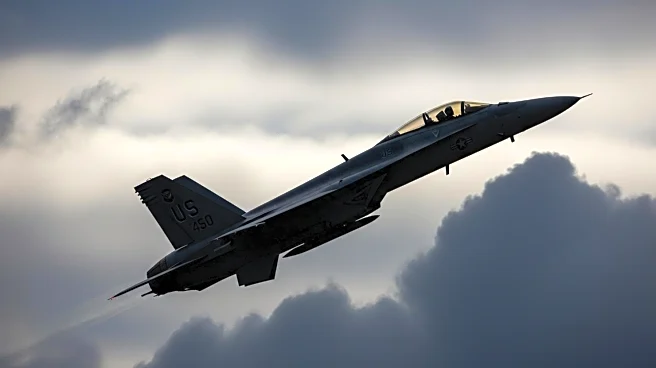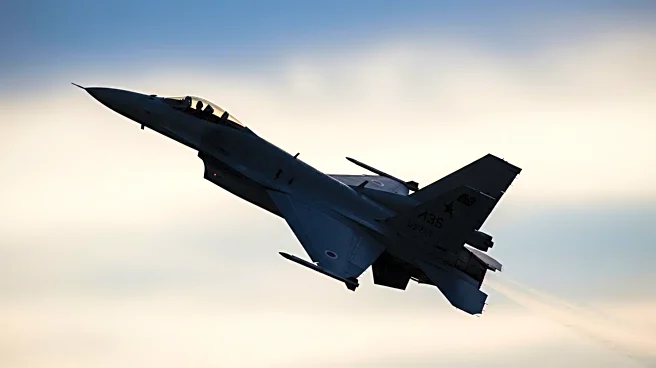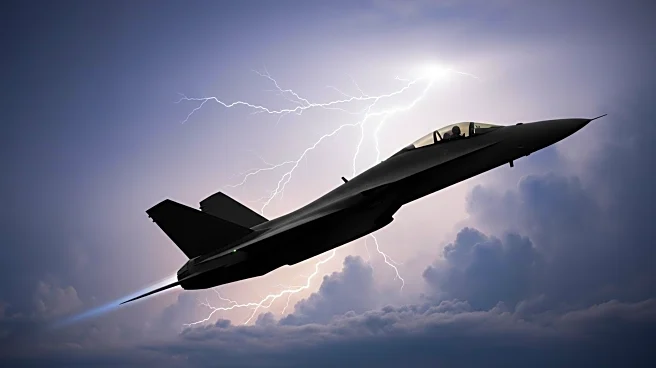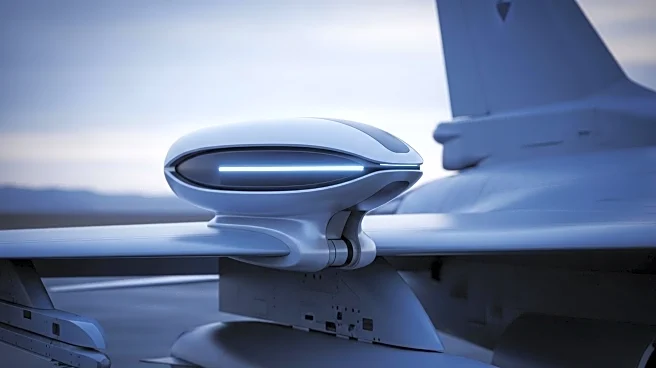What's Happening?
Boeing is currently facing a significant labor strike at its defense facilities, involving over 3,200 workers from the International Association of Machinists and Aerospace Workers (IAM District 837). The strike, which began on August 4, 2025, is impacting the production of critical military assets, including the F-15EX Eagle II, F/A-18 Super Hornet, and the F-47 NGAD stealth fighter jet program. The financial implications are severe, with daily losses estimated at $100 million and potential total losses exceeding $6 billion if the strike continues for 60 days. This situation has exposed vulnerabilities in Boeing's defense contract resilience and raised concerns about the stability of the U.S. defense industrial base.
Why It's Important?
The strike at Boeing highlights significant risks to the U.S. defense sector, particularly given Boeing's substantial role in military modernization. The U.S. Department of Defense has labeled the strike a 'material risk' to national security timelines, which could lead to a shift in procurement strategies towards contractors with more stable labor relations. This situation presents an opportunity for competitors like Lockheed Martin and Northrop Grumman to gain market share. For investors, the strike underscores Boeing's exposure to labor volatility and its reliance on a narrow supplier base, as evidenced by a 4% drop in the company's stock following the strike's announcement.
What's Next?
The ongoing strike could lead to a reallocation of defense contracts if Boeing fails to resolve the labor dispute promptly. The company may need to renegotiate contracts and invest in automation to mitigate future risks. The IAM's demand for a 40% wage increase and pension reinstatement reflects broader labor trends, which could influence negotiations. Boeing's ability to balance labor demands with defense contract obligations will be crucial in determining its future role in the defense sector.
Beyond the Headlines
The strike at Boeing could have long-term implications for the defense industry, highlighting the need for diversified supplier bases to reduce reliance on a single contractor. The situation also raises questions about the sustainability of fixed-price contracts in the defense sector, which have historically led to cost overruns. As the industry evolves, companies may need to adopt more flexible contract structures to accommodate labor and production challenges.











